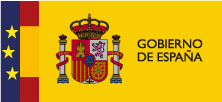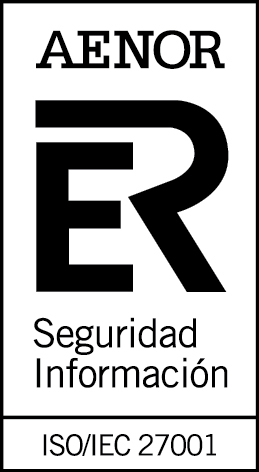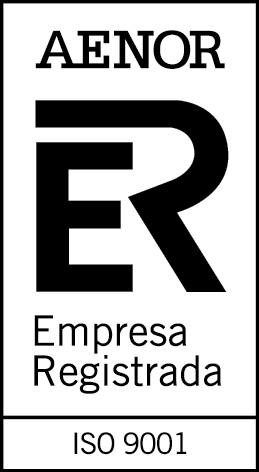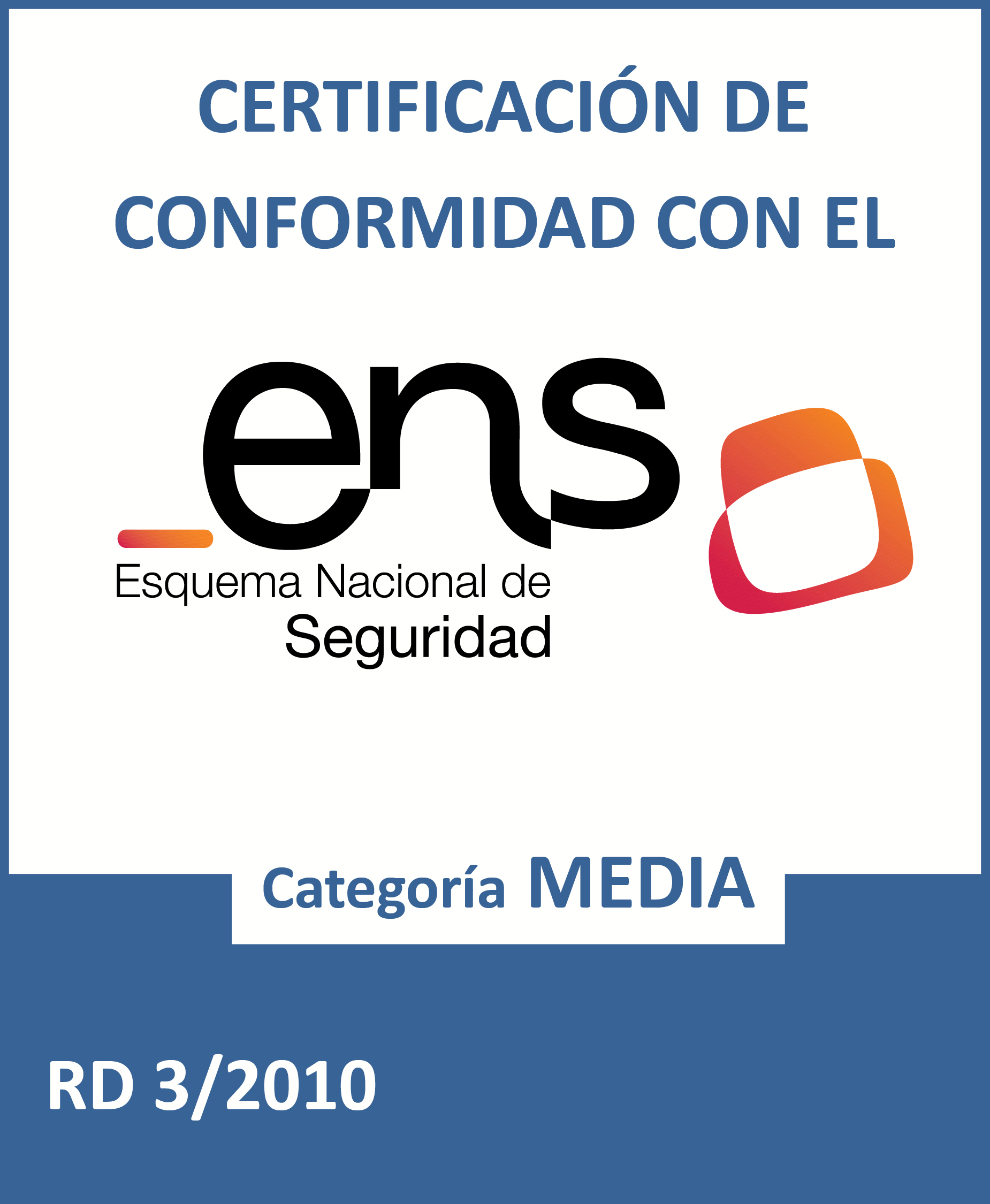The role of open data and artificial intelligence in the European Green Deal
Fecha de la noticia: 11-08-2020

Just a few months ago, in November 2019, Ursula von der Leyen, still as a candidate for the new European Commission 2019-2024, presented the development of a European Green Deal as the first of the six guidelines that would shape the ambitions of her mandate.
The global situation has changed radically in the little more than six months since then due to the impact of the COVID-19 pandemic and as a result, many strategic plans of companies in practically all sectors and many roadmaps and roadmaps have been blown up. public policies of governments. Despite the great uncertainty in which we find ourselves, what is clear is that a thorough review will have to be undertaken to adapt these policies and plans to the new reality that is still taking shape.
However, it seems certain that the need and convenience of the European Green Deal has been reinforced in the current context. The Green Deal was conceived as an engine for the transformation of the European economy in the coming decades, but circumstances have made it a fundamental pillar for the reconstruction of the European economy in the short term after the shock induced by the confinements of the population.
In this sense, the European Union has an important advantage over other global players and that is to a large extent that its priorities are already aligned with the main challenges that we will face as the health crisis subsides. In any case, an EU growth strategy that aims to turn Europe into a continent without polluting emissions by 2050 may not seem ambitious enough to us now and we may even deem it pertinent to accelerate this transition.
The plan for the roll-out of the European Green Deal was published with a very ambitious tentative timetable that foresees the development between 2020 and 2021 of actions corresponding to the main key areas: climate ambition, clean, safe and affordable energy, industrial strategy for the economy circular and clean, sustainable and intelligent mobility, common agricultural policy beneficial to the environment and zero pollution and toxic-free environment.
If we analyze the main areas of action of the Green Deal, we clearly see that innovations based on data and artificial intelligence, together with other specific technologies, will be key to solving a good part of the challenges it aims to address. And of course all the documents already published recognize this, integrating data, open data, artificial intelligence and other technologies in the different planned actions. Those that are already available clearly indicate the path that the lines of work that will be approved in the coming years will follow.
EU strategy on biodiversity by 2030
The European biodiversity strategy to reintegrate nature into our lives, published on May 20, 2020, recognizes that “investment in research, innovation and knowledge sharing will be key to obtaining the best data and developing the best nature-based solutions”. As an example, he cites the European Forest Health Assessment, where the European Commission commits to "work with other data providers to further develop the Forest Information System for Europe." These commitments represent a good opportunity for the Spanish forestry sector on its way to transition towards a precision forestry industry approach.
Furthermore, the strategy expressly cites "the need to eliminate bycatch of endangered species or reduce them to a level that allows full recovery." To this end, it is proposed to intensify the collection of data on bycatch of all sensitive species. In this sense, the awarded project in the Aporta 2019 challenge is oriented, Optimatics System, which is designed to help fishermen make decisions in real time and thus rationalize fishing in the fishing grounds.
Ultimately, the European Biodiversity Strategy aims for research and innovation to help the Commission support and finance investments in nature-based solutions by providing objective criteria to prioritize 'green' solutions over 'gray' solutions.
Farm-to-table strategy
The “farm to table” strategy for a fair, healthy and environmentally friendly food system, also published on May 20, 2020, aims to ensure that Europeans have affordable and sustainable food, combat climate change, protect the environment and biodiversity and increase organic farming. This ambitious line of action also integrates the use of data and artificial intelligence in numerous places.
For example, it recognizes that the Common European Data Space on Agriculture, defined in the European Data Strategy, “will enhance the competitive sustainability of Union agriculture through the processing and analysis of data on production, land use, environment and of other types”, to then clarify that these data will allow “the precise and adapted application of the production approaches at the farm level and the monitoring of the results of the sector, in addition to supporting the initiative on carbon sequestration in soils agricultural”. That is, a clear orientation towards precision agriculture.
The key tool to achieve these objectives and for the transition to be fair and beneficial for all is the Common Agricultural Policy, which must be fully aligned with the Green Pact. The new CAP, proposed by the Commission in June 2018, aims to help farmers improve their performance as measured by environmental and climatic criteria. To do this, it proposes, for example, better use of data and analytics and a greater emphasis on investment in green and digital technologies and practices.
The European Union programs Copernicus and the European Sea Observation and Information Network (EMODnet), major open data sources, are cited for their contribution to reducing investment risks and as facilitators of sustainable practices in the fishing and aquaculture sector.
The improvement of data collection systems such as the 2009 Regulation on pesticide statistics or the Agricultural Accounting Information Network are also under attention and improvements are planned that will contribute both to fill the current gaps in the available data, how to promote evidence-based policy making.
New Action Plan for the circular economy
The New Action Plan for the circular economy for a cleaner and more competitive Europe, published on March 11, 2020, also recognizes a decisive role for research, innovation and digitization and therefore data during the transition. In this line, it is intended, for example, to promote the dissemination of environmental data by companies, which will force them to improve their systems for data capture and monitoring of objectives.
In the same way, innovation models based on massive customization or a closer relationship with customers are mentioned, which can accelerate the circularity and dematerialization of our economy. These models will only be possible using intensively data and artificial intelligence combined with other technologies such as blockchain or internet of things.
In addition, the European Commission will define a European data space for smart circular applications, with data on value chains and product information that will provide the architecture and governance system necessary to promote applications and services such as product passports, mapping of resources and information to consumers.
As part of the plan, the indicators, and therefore the data collection systems, on the use of resources will continue to be developed, in particular with regard to consumption and material footprints, which will be associated with the monitoring and evaluation process. of the advances obtained.
Open data
Finally, it is worth highlighting how open data is being used at the European level to promote the development of new solutions. The open data competition organized annually by the European Union, the EUDatathon, dedicated the first of its four challenges to the European Green Deal in 2020. The European Union Publications Office, organizer of the competition, has received 30 proposals (25% of the total) addressed to this challenge, which is a remarkable success considering the novelty of a concept forged only in recent months.
This interest from the open data community has also been reflected in the Spanish participation, which, with 4 proposals, has been the second country most committed to the Green challenge. Among the 3 shortlisted proposals for the final phase, there is a Spanish one, Dataseeds, which aims to help SMEs in the agriculture sector to contribute to the ecological restructuring of the EU industry.
Undoubtedly, the new growth strategy of the European Union represents a new source of opportunities for all economic sectors, but in all of them data will represent a key factor for their development, increasing the potential of other technologies such as intelligence. artificial knowledge and specific knowledge of each domain. And in Spain we have enormous potential both in the form of natural resources and in the form of capacities that can take advantage of this source of opportunities and generate competitive advantages in many sectors during this transition that has just begun.
Content prepared by Jose Luis Marín, Senior Consultant in Data, Strategy, Innovation & Digitalization.
The contents and points of view reflected in this publication are the sole responsibility of its author.











